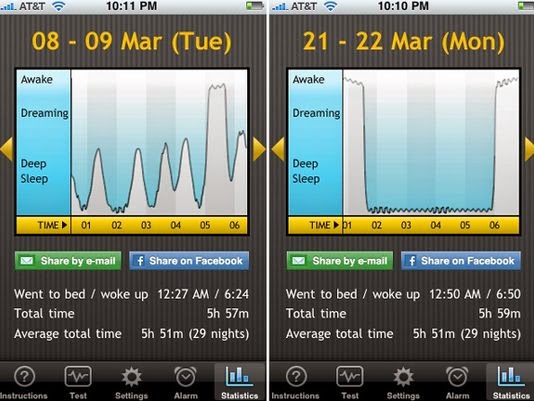A good night’s sleep is a matter of technicality.

Notes from Dr. Norman Blumenstock
Technology can possible help or hinder a good night’s sleep.
Technology is a double-edged sword when it comes to sleep. It’s been proven that one should shut off the “screens” — TV, computer, smartphones and beyond — well before hitting the sack, but sometimes, those future-forward devices hold the ticket to getting a good night’s rest.
Sleep-related apps
IQ ALARM: Wakes people with an IQ test as an alarm; $.99
SLEEP CYCLE ALARM CLOCK: Tracks sleeping habits and quality, and awakens people with soothing tones; $.99
SLEEP: Sends people to sleep with soothing sounds, lullabies and relaxing music; $.99
DEEP SLEEP WITH ANDREW JOHNSON: Guided meditation; $2.99
INSOMNIA CURE: Hours of audio content and 40 pages of insomnia tips and learning tools; $2.99
Sleep time gadgets
Familiar with fumbling around in the dark? Senzo light switches are called “smart switches” and include infrared and radio frequency wireless communication for control. It features a built-in timer, wireless sensor, smartphone and Internet control, a remote control and a night light to easily find your way about in darkness. They can even be locked to prevent unauthorized users. For more information, visitwww.senzo.com.my.
Behind closed doors
Here’s what’s going on inside the bedroom, according to the 2013 Sleep Council Survey:
• 27 percent now use desktop computers/laptops to surf the Internet in the bedroom.
• 17 percent of respondents talk on the phone in the bedroom.
• 62 percent of 16 to 24 year olds like to eat in their bedrooms compared to only 22 percent of respondents overall. In fact 16 to 24 year olds like to do most things in their rooms: 28 percent do hobbies/crafts, 76 percent listen to music, and 28 percent exercise there.
• 65 percent of respondents read in the bedroom.
Source: Sleepcouncil.org




